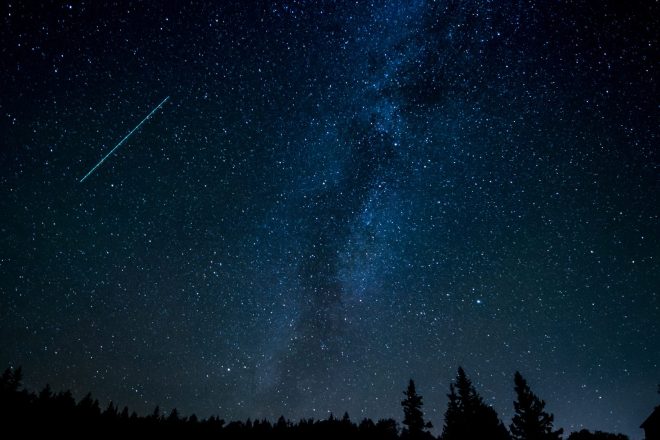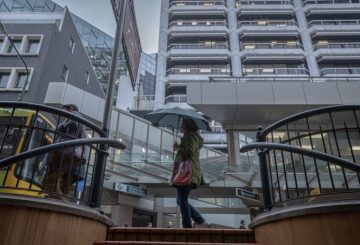周末在北岛上空看到一颗大火球后,天文学家正在搜寻陨石。
总部位于新西兰的流星追踪组织Fireballs Aotearoa表示,这颗流星可能坠落在北岛,位于达加维尔和旺格雷之间。
周六早上,北岛北部的目击者报告称,天空中出现绿色条纹,紧跟着是亮橙色的灯光和音爆。整个现象仅持续了 6 秒钟。
北岛的一位农民是第一个报告目击事件的目击者。他说:“我转过身来,以为那是我身后路上的一辆车。”“这是迄今为止我在夜空中见过的最大事件,我花了很多时间在黑暗中跟踪。”
地质学家詹姆斯·斯科特是Fireballs Aotearoa的成员,他说,只要有足够的信息,他的团队就可以确定流星的坠落地点。
他说:“我们有来自三台安防摄像机的图像,当然还有更多能捕捉到它的画面。”
“如果我们有足够的图像,我们就可以很精确地对陨石落在哪里进行三角测量。”
斯科特鼓励人们查看自己的家庭安防录像,如果捕捉到流星,将其上交。这将有助于团队缩小着陆区的范围。
Stardome 天文学家乔什·奥拉基说,如果发现陨石,那将是一个特殊的机会。
他说:“这些岩石可以追溯到数十亿年前,所以它们就像时间胶囊。”
“这些东西特别重要,因为它们提供了有关太阳系的信息。如果你能拿到的话,它们就是一座真正的科学金矿,而新西兰却很少。”
他希望没有人会自己偷陨石。
他说:“我们希望他们能把它捐给一个博物馆,让人们可以真正看到它并解释其中的历史。”“它们对科学的价值远大于对个人的价值。”





























































